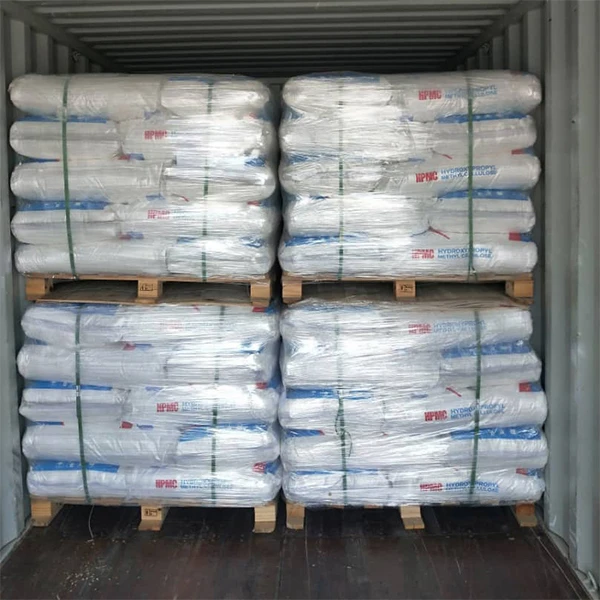The Role of Cellulose Bindery in Modern Applications
Cellulose, a natural polymer found in the cell walls of plants, has gained significant attention in recent years due to its versatility and eco-friendly profile. As a binder, cellulose plays a crucial role in a variety of applications, from pharmaceuticals to food products and various industrial uses. This article delves into the importance of cellulose binders, their benefits, applications, and future potential in sustainable materials.
Understanding Cellulose Binders
Cellulose binders are derived from cellulose, which is one of the most abundant organic polymers on earth. The structure of cellulose gives it unique properties, making it an excellent candidate for binding agents. Cellulose binders are often modified to enhance their properties, resulting in various forms like Hydroxypropyl Methylcellulose (HPMC) and Carboxymethyl Cellulose (CMC). These derivatives adjust the solubility, viscosity, and adhesion properties, making them suitable for diverse applications.
Benefits of Cellulose Binders
One of the most significant advantages of cellulose binders is their biocompatibility and biodegradability. Compared to synthetic polymers, which can cause environmental harm, cellulose binders break down naturally, reducing pollution and waste. Furthermore, they are non-toxic and safe for use in food and pharmaceutical products.
Cellulose binders also offer excellent film-forming capabilities, adhesion properties, and water retention. These characteristics make them ideal in formulations requiring stability, such as tablets in the pharmaceutical industry. In ceramics and construction, cellulose binders help maintain the consistency and integrity of the materials, enhancing workability and performance.
Applications of Cellulose Binders
1. Pharmaceuticals In the pharmaceutical industry, cellulose binders are essential in tablet formulation and drug delivery systems. They help in the compaction of powders into tablets and ensure that the active ingredients remain stable and accessible over time.
cellulose binder

2. Food Products Cellulose binders are often used in food formulations as thickeners, stabilizers, and emulsifiers. They improve texture, mouthfeel, and shelf-life, making them popular in products such as sauces, dressings, and dairy alternatives.
3. Construction and Ceramics In construction, cellulose binders enhance the properties of materials such as mortar and plaster. In ceramics, they act as a binding agent in clay mixtures, improving plasticity and workability before firing.
4. Cosmetics and Personal Care Cellulose binders are widely used in cosmetic formulations. They contribute to the thickening, stabilization, and overall consistency of creams, lotions, and gels, providing a desirable feel when applied to the skin.
5. Textiles and Paper In the textile industry, cellulose binders are used in fabric coatings and finishing processes. They improve adhesion and durability while maintaining breathability. In paper production, cellulose serves as a binding agent, enhancing the strength and quality of the final product.
Future Potential and Challenges
While the benefits of cellulose binders are clear, challenges exist regarding their cost and availability. Traditional cellulose extraction processes can be resource-intensive, and there is a growing need for innovations that make production more efficient and sustainable. Advances in biotechnology and green chemistry may hold the key to developing more eco-friendly methods for cellulose extraction and modification.
Moreover, as industries increasingly focus on sustainability, the demand for natural binders like cellulose is expected to rise. They represent a shift away from synthetic materials, aligning with the principles of a circular economy. Increased research and development into cellulose's properties and applications could lead to even more innovative uses in the future.
Conclusion
Cellulose binders exemplify the intersection of natural resources and modern technology. Their importance spans multiple industries, and their eco-friendly nature makes them a desirable alternative to synthetic materials. As research continues and sustainable practices become more integrated into industrial processes, cellulose binders will likely play an increasingly critical role in shaping the future of materials science. By leveraging the benefits of cellulose, we can contribute to a more sustainable and environmentally friendly world.
-
Rdp that The Revolutionary Polymer Powder Transforming Modern Construction MaterialsNewsAug.11,2025
-
Hpmc Powder that Versatile Additive for Detergents and Personal CareNewsAug.11,2025
-
Hpmc Hydroxypropyl Methylcellulose that Essential Building Material Additive from Shijiazhuang Gaocheng YongfengNewsAug.11,2025
-
Hydroxypropyl Methyl Cellulos Hpmc that Essential for Construction ApplicationsNewsAug.11,2025
-
Mhec Powder that Revolutionizing Construction Chemistry with Cellulose Ether SolutionsNewsAug.11,2025
-
Industri Hpmc that The Global Backbone of Advanced ConstructionNewsAug.11,2025




